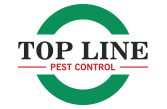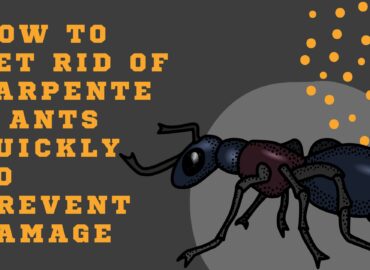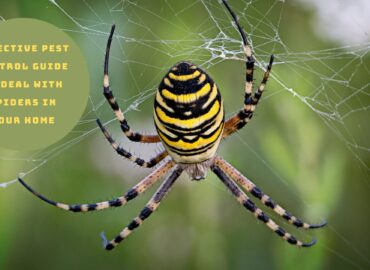Keeping restaurants free of pests is essential. Restaurant pest control not only maintains the restaurants’ reputations but also plays an important role in maintaining the safety and health of the diners. Restaurants cannot afford to have rodents moving around or insects buzzing in the kitchens. Awareness and implementation of correct methods are crucial for restaurant owners to avoid infestations.
Understanding the Risks
Pests like rodents, insects, and flies can irritate the workers as well as the customers. Besides, they contaminate food, spread diseases and also cause damage to the property.
Restaurant owners may have to face legal trouble or pay a hefty fine if customers experience infestation in their meals or the inspection finds a lack of hygiene in the restaurant. The reputation of the restaurants is put at stake, and hence, it is essential to prevent any kind of infestation by taking proper measures.
Regulations and Compliance
Restaurant owners must follow strict rules and regulations regarding pest control. Failure to comply may result in heavy fines or even the legal shutting down of the restaurant. Severe cases are also sometimes taken to the court. Implementing robust pest strategies is crucial for the owners to ensure compliance and protect the restaurant.
Implementing Effective Pest Control Strategies
Developing effective Restaurant Pest Control strategies involves supervision, proper sanitisation, and sealing all entry points to prevent pests from entering the premises. Some restaurants can handle pest control in-house, while others opt for professional exterminators to deal with infestation.
Integrated Pest Management (IPM)
Integrated Pest Management (IPM) offers a broad approach to pest control. It highlights the preventive measures and also minimises the use of pesticides. The aspects of this scheme are:
- Monitoring and inspection:- This involves regular supervision to identify pest activity and control infestation early through traps, visual inspection, and monitoring tools.
- Habit Modification:- Habit modification includes removing all the contaminated food and water sources, sealing the entry point of the pests, and reducing clutter to remove hiding places for the pests.
- Biological Control involves using natural predators like insects or bacteria to remove pests from the premises. It also helps reduce the use of chemical pesticides.
- Cultural Controls: Cultural controls aim to disrupt the pest’s life cycle and reduce its ability to reproduce or survive in the environment.
- Mechanical Controls: Mechanical control includes implementing physical barriers or nets to catch or remove pests from the premises.
Conclusion
In conclusion, restaurant pest control is not just a matter of hygiene; it’s a critical component of maintaining cleanliness, safety, and compliance. By staying vigilant, adhering to regulations, and implementing effective strategies, restaurants can protect their business and reputation from the pervasive threat of pests.




